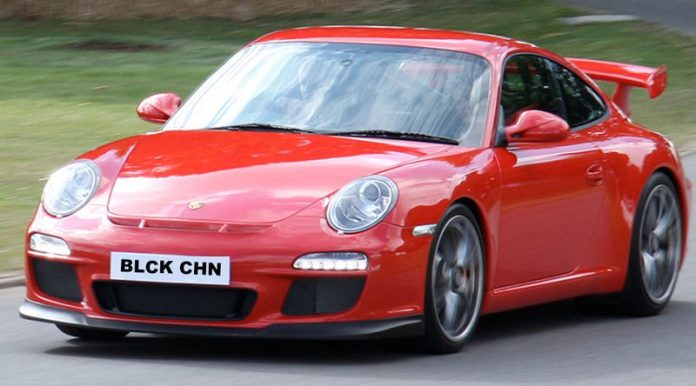JAGUAR’S ELECTRIC SUV AIMS TO END TESLA’S MONOPOLY
WHEN IT INTRODUCED the Model S in 2012, Tesla created an entirely new segment in the auto industry: the luxury electric car. It has dominated the space ever since, but now, the auto industry is catching up, and fielding rivals that should challenge Elon Musk’s monopoly.
The latest contender comes from Jaguar Land Rover, which today unveiled the production-ready version of the I-Pace, with a global webcast from Graz, Austria, where it will build the fully electric SUV.
First, the specs. Jaguar promises a 0 to 60 mph sprint in 4.5 seconds, enough to shove you back into the seat and elicit a giggle or two. Twin motors, designed in-house by Jag, make for all-wheel-drive, and the 90-kWh battery will deliver around 240 miles of driving range. The numbers match those of Tesla’s Model X SUV (the version with the 75-kWh battery) which starts at $80,000. Jaguar hasn’t announced I-Pace pricing yet, but you can expect it to land in the same region—and that once you start adding options like fancy finishes and plush materials, the cost will quickly climb.
As ever, Jaguar is counting on design to set it apart—and offer something different for the electri-curious to put in their driveway. The I-Pace fits in well with the rest of the Jag family, keeping a gaping grille at the front, and thin slotted head and tail lights. The giant hood scoop really is functional, the company insists: When the battery or cabin don’t need cooling, active vanes in the grille close, and redirect air through the scoop, smoothing airflow around the vehicle. Improved aerodynamics are crucial in an electric car, where the fight against air resistance, especially at highway speeds, drains the battery quickly. Standard air suspension drops the car by 0.4 inches at speeds north of 65 mph, to further reduce drag.
The front of the car droops low, and the wheels are pushed right to the corners, an upshot of dumping the hulking engine and plunking the battery in the floor of the car. That new architecture gave Jaguar designers the freedom to push the base of the windscreen and the passenger cell farther forward than usual. The vehicle has a similar footprint to Jag’s conventional SUV, the F-Pace, but much a more spacious interior.
On the dash you’ll find a 10-inch display for navigation and music, and a 5.5-inch screen below it for climate controls, with integrated twisty knobs, similar to that of its stablemate, the Range Rover Velar. (Jag may retain its British heritage, but it’s part of the Jaguar Land Rover group, owned by India’s Tata Motors since 2008.) And if you’re worried about all that tech going out of date the moment you roll out of the dealership, fret not—the I-Pace will be the first Jaguar to get over-the-air software updates, emulating another Tesla signature feature.
And when you do leave the dealer lot, you should be able to do it with just the one pedal. Electric cars can regenerate some electrical energy by using the motors as generators when slowing down. That means drivers can just lift off the accelerator to brake, and hardly have to touch brake pedal. It takes some getting used to, but most EV owners love the feature for easy driving in heavy traffic. Jaguar is touting it as a selling feature.
I-Pace deliveries are due to start towards the end of this year, but for buyers who can afford to wait, the choices will only multiply. Audi is developing an e-tron Sportback electric SUV. The Mercedes EQ should show up in 2019, and Porsche is bringing its Mission-E concept electric to market “by the end of the decade,”offering stunning design coupled with a new network of fast chargers.
And for buyers looking for something even more distinctive, VW’s launching an updated version of the Bus, called the Buzz, by 2022, along with a fleet of electric sedans and SUVs.
Tesla may not be worried yet—it says high demand is actually creating a backlog for its Model S and X vehicles. Cars ordered now won’t be delivered until June. But the Jaguar I-Pace is an enticing start to a wave of competitors.

